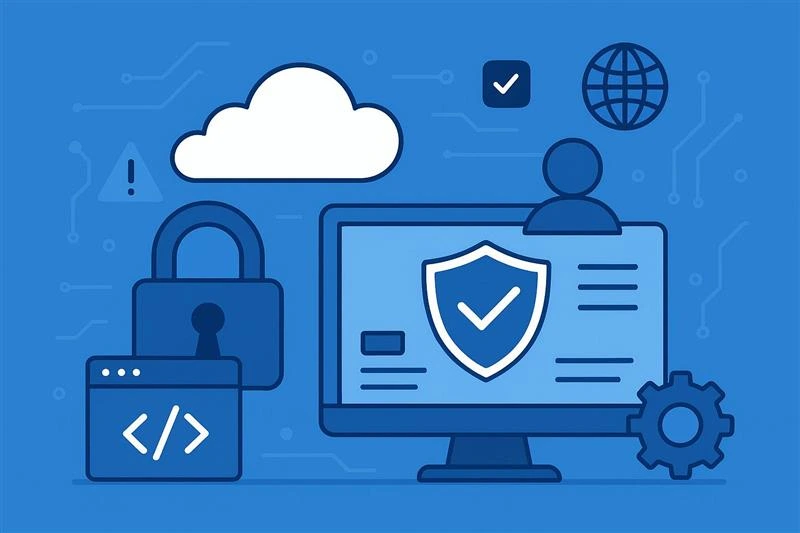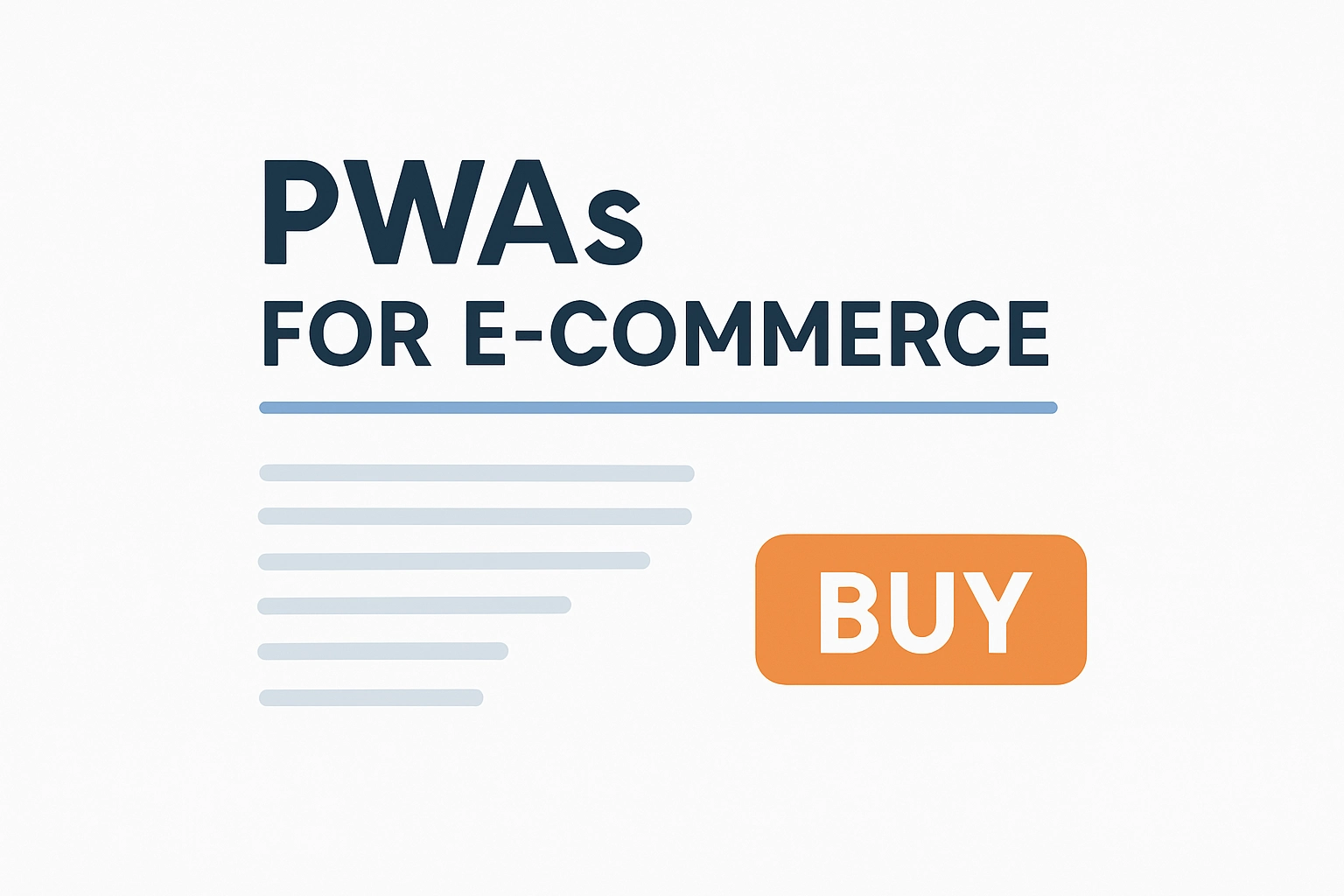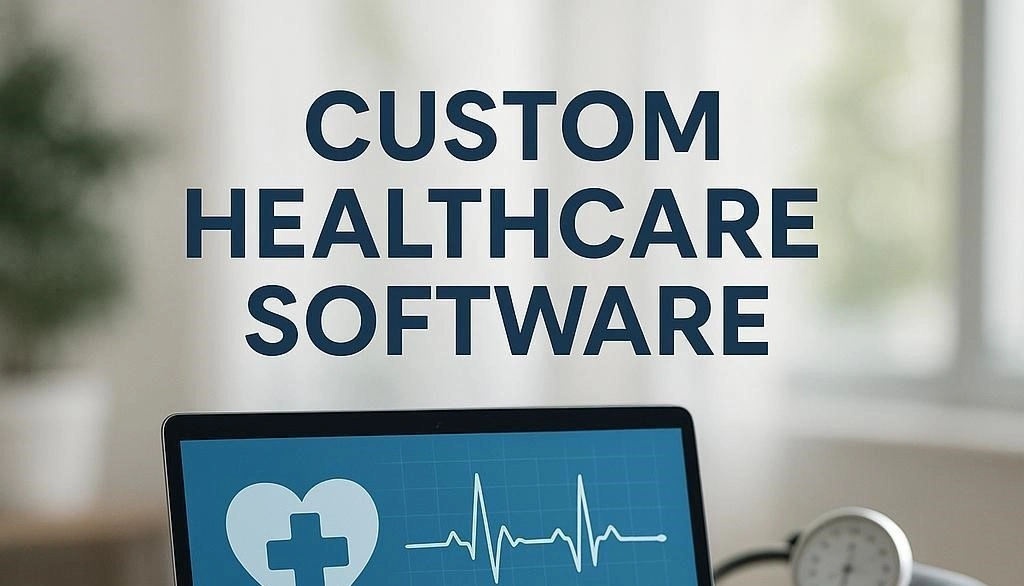Innovative Healthcare IT Solutions for a Healthier Tomorrow
Secure, scalable, and HIPAA-compliant software that transforms patient care, hospital operations, and medical research.
Schedule Free Consultation
The healthcare industry is undergoing a digital transformation. From hospitals to health-tech startups, organizations need secure, efficient, and compliant software to deliver better care, improve workflows, and stay ahead of evolving patient needs.
At Trawlii, we help you build smart, connected, and patient-focused healthcare systems that bridge the gap between technology and care delivery.
Secure, cloud-based systems to digitize patient records and streamline clinical workflows. Ensure data accuracy, interoperability, and regulatory compliance across healthcare providers.
Build intuitive, HIPAA-compliant mobile apps for telehealth, wellness, and patient engagement. Enhance access to care through real-time consultations, reminders, and health tracking.
Empower patients to manage their health with easy access to medical data and services. Features include appointment booking, prescription refills, payments, and lab results.
Enable seamless data exchange between medical devices and healthcare systems. Monitor vital signs, diagnostics, and wearable health data in real-time for better outcomes.
Simplify administrative tasks with all-in-one tools for scheduling, billing, and resource management. Boost staff efficiency, reduce paperwork, and improve patient care coordination.
Turn raw data into actionable insights for smarter clinical and operational decisions. Track patient trends, optimize resource usage, and drive data-informed strategies.
Multi - Specialty Hospitals
Fitness & Wellness Platforms
Diagnostic Labs
Health Insurance & Third-Party Payers
Telehealth Providers
Pharmaceutical Companies
Mental Health Startups
Clinical Research Organizations (CROs)
Developed a smart hospital alert and monitoring system that uses real-time sensor data to detect emergencies and patient calls, reducing response times and improving safety. The solution includes automated nurse alerts, fire risk detection, and comprehensive reporting dashboards for hospital-wide operational insights.
View Case Study ↗
10+ Years of Industry Experience
Global Delivery Model
Proven Track Record Across Domains
Dedicated Team of Architects & Engineers
Client-Centric Approach
Scalable, Future-Proof Code

Cybersecurity Best Practices for SMEs: From Code to Cloud Running a small or mid-sized business today means handling more digital data than ever: from customer information and online transactions to internal systems in the cloud. As much as technology opens the gateway to growth, it exposes companies to cyber dangers that have previously been pertinent only to large enterprises. Many SMEs mistakenly believe that attackers will not find them worth the effort; in reality, precisely the opposite holds. Cybercriminals target smaller businesses because their defences are weaker compared to larger companies, making them easier to compromise.

What Is a Progressive Web App? Think of it as a special kind of website that combines the good old browser and native app to bring the user app-like experiences with a single codebase on the backend. PWAs can be accessed through a web browser, but they can also be "installed" on a device to have their own icon and open in a standalone window. Additionally, they have capabilities like offline access and push notifications. In short, a PWA bridges the gap between a traditional website and a native mobile app, giving businesses the best of both worlds.

Technology has transformed nearly all sectors. Healthcare is no different. Now, hospitals, clinics and even home-care services are dependent on computer tools for treating patients more efficiently and quickly. But the reality is, not all healthcare organisations are the same. That's where custom healthcare software plays a role. Rather than applying off-the-shelf tools, bespoke software is designed specifically for a hospital, clinic or practice. It assists doctors, nurses and patients in ways that are appropriate to their everyday work. It assists in reducing mistakes, saving time and enhancing security around confidential patient records. Let us deconstruct how customised healthcare software enhances patient care and healthcare data safety, in plain words.
Whether you're looking to build a custom digital product, revamp your existing platform, or need expert IT consulting or you need support, our team is here to help.
Have a project in mind or just exploring your options? Let's talk!